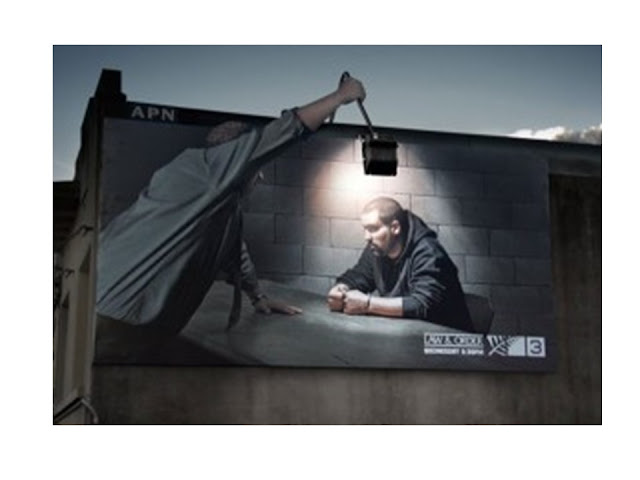Initially, we looked at marked research. There are two types of market research, Primary data and secondary data. Secondary research is known as, desk research. You use the internet or books and fire away to find data and information, everything is at hand and there is no need to create any hassle to go out and find it. On the other hand, there is primary data. Within primary data there are two stems, quantitative and qualitative. Primary data is when you go out to find your own body of research.
Quantitative research entails asking a lot of questions and usually undertaken with the classic clipboard and pen. There are three types of quantitative data, geographic, pshycographic and socio-economic. Geographic data discovers how you live and where you live. Figuring out whether the area you live in has an influence on you and the type of things you will buy. Phycographic looks at how you think and what interests and excites you. What you think and what interests you may have may determine what you buy and this is what phycographic research finds out. Then there is socio-economic data. This looks at your class and financial ability, discovering whether this will influence what you buy. Quantitative research is good because it helps to pinpoint a market, lots of answered questions makes lots of clarity and detail. However, this method can be complex and difficult to due, especially if you have time restraints. Plus, it is carried out at a price, usually £150.00+ and an ethics form is needed to ask the questions in public.
Qualitative data is much more regarded as quality data. This is the interview and focus group, talking with people who are in the know and talking about a market or issue that you need to understand. It is much cheaper than quantitative research, all you need to do is arrange a meeting and go and talk to them. So, it is easily done and offers a much better three dimensional view of the situation. The cons are there are no statistical validation, it is an opinions affair and the success of this research depends on your ability to control the discussion.
After you have obtained the required research you need to use it, introducing market segmentation. Market segmentation works out exactly the people who you are talking to, this is critical. Once you understand those certain people who you target to can begin to picture them and know learn to understand how to communicate to them. You can break your market down by all sorts of things, age, sex, social class, geography, interests and more. Doing this will help to cleverly focus design to where your market will see them. For example, you would not situate a design for an old person far away from them at the back of the room, you would situate the design somewhere where they are sitting so they can easily interact and see.
A way to explain Market segmentation, we looked at the market for books. Books are broken down into two areas, non fiction and fiction. Fiction breaks down into all sorts of areas, children's, comic, horror, romance, thriller and more. Then each of these are expanded to their own brackets. For example, children's books will be broken down into age, 1-3 years, 3-7 years and 7-12 years. All of this helps to create a focus towards an audience and target what you design for them.
To make sure you have segmented your audience successfully, you have to make you it is measurable and something you can identify. Also, to make sure you can get access to it and use it as a means of communication to access these particular people. Then you need to make sure that sour market is substantial, in terms of what you are going to be paying for adverts. Is the audience great enough to generate an income. Because, I learnt if you wanted to insert and advert into the market, you have to pay an awful lot of money. Mens Health for example, if you wanted to inert a mens health advert into a cover of a magazine, your looking at around £15,000 per insertion. There is a lot of money involved and you shouldn't be scared of it, if you carry out everything we have learnt advertising will work. Finally, are your designs meaningful. Basically, is it relevant to the company and audience, if its not it wont work effectively.
Next, I was introduced to data sources. some are private and confidential that me as an academic can use to research, discover and learn for myself within the world of design at the moment. The data that is private and confidential, is only retrieved at a price so it is very important I do no share the information I may find out from these sources. The data sources are seen above.
To end the lecture we was shown a reel of cleaver adds that amazed the world and successfully advertised their products in unique ways. We was shown this as to make sure our minds think wider than from just traditional paper. Also, to be encouraged to not stick to the limits necessarily when given a brief, to push the boundaries and be unorthodox. With social media these days, anything out of the ordinary goes viral and the whole world sees the advertisement. Hitting a much wider audience that you could have imagined. Which is a way of thinking that will continue to evolve and grow as technology and social media continues to rise. I have learnt a lot in this lecture and can take a lot away from it. I now feel more confident and aware in terms of research in industry and I have a more open mind to ideology in terms of answering briefs than I did before the lecture.














No comments:
Post a Comment